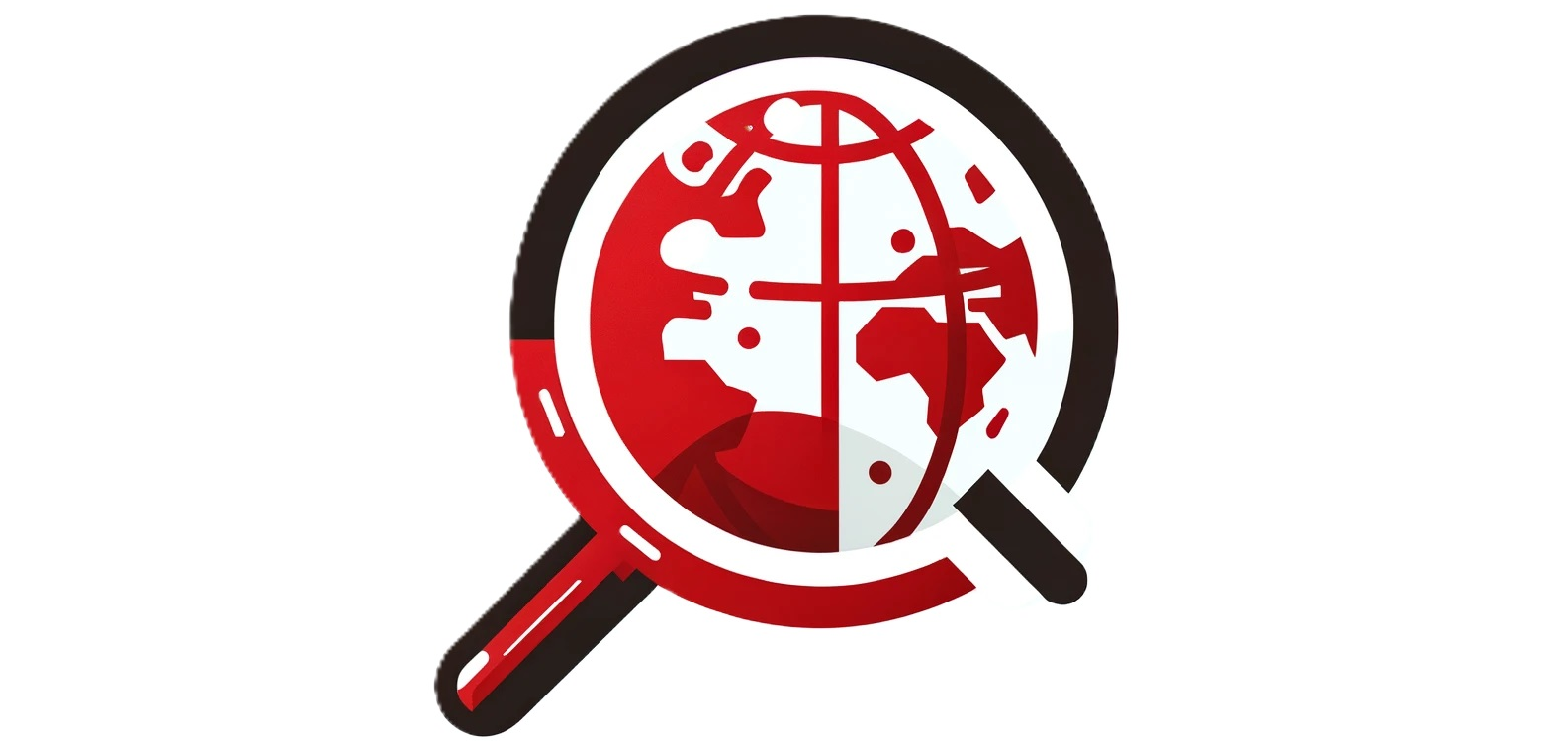It’s important to know about PCB inspection if you are a manufacturer of consumer electronics.
Finding quality issues in electronic products early will save time and money for your business. The faster you spot faults and defects the better off you’ll be, especially when it comes to consumer electronics.
Supply chain issues in the electronics industry often come from suspect, imitation, or substandard components and poor quality management.
These should be found and resolved to ensure the best products end up on store shelves. Taking a hands-on approach to quality management with products like printed circuit boards (PCB) is sure to pay off.
What does PCB mean?
A PCB is a printed circuit board which supports and connects electrical or electronic components. They use tracks, pads and other features from sheet layers of copper laminated onto a non-conductive substrate. Components are soldered onto the PCB to connect and fix them into place.
What PCB boards are used for
PCBs are used for all kinds of products to electronically connect and make them work. Printed circuit boards have enabled electronic circuits to be smaller, more compact, and contained on a convenient platform. Circuit boards have holes drilled into them to allow components such as resistors and capacitors to be inserted and soldered through automation.
How PCBs are made
Printed circuit board processing and assembly are done in a clean environment which needs to be free of contamination. Most electronic manufacturers have their own processes, but these steps might typically be used to make a two-sided board:
- Making the substrate
- Drilling and plating the holes
- Created the printed circuit pattern on the substrate
- Attaching the contact fingers
- Fusing the tin-lead coating
- Sealing, stenciling, and cutting the panels
- Mounting the components
- Packaging
How to inspect a PCB board
PCB inspection is an important part of any electronics manufacturing process. The PCB inspection enables faults to be detected as soon after the manufacture process as possible. The PCB inspection process is essential, especially because most modern PCBs have a high level of complexity.
The two main benefits of PCB inspection:
Highlighting defects early on
A PCB inspection looks for and highlights defects in the board so they can be corrected before the next stage of production. Finding faults as early as possible is essential for saving time and money repairing or resolving issues at a later stage.
Providing valuable feedback
Feedback is also very important when it comes to quality management for PCBs boards. Inspection systems used on things such as the soldering process means pattern faults can be identified and corrected quickly.
RoHS compliant PCB boards
The European Union (EU) doesn’t allow the use of lead and other metals in consumer items being sold within the region. This is enforced with the RoHS directive which stands for the Restriction of Hazardous Substances.
PCB boards sold in the EU must be RoHS-compliant. Thar means the solder used in them must be lead-free and all components which make up the board must also be free of lead, mercury, cadmium, and other heavy metals.
What are the various ways of identifying a defect in PCB?
There is a lot to know when it comes to identifying defects and faults in PCBs. But a third-party inspection service can help to guide you through the production process and ensure everything is being done how it should be.
A quality assurance company can also carry out RoHS testing, as well as many other tests depending on your goods and supply chain needs.
About AQM BD
AQM BD is ready to help your import and export business build a robust quality assurance process with over 25 years of experience in quality assurance,. Our many service locations are prepared to be your one-stop-shop for inspection needs, Including, production monitoring, pre-shipment and sorting inspections and everything in between. Contact us today to find out how we can help you navigate current quality control challenges.
Sources:
http://www.madehow.com/Volume-2/Printed-Circuit-Board.html
https://www.electronics-notes.com/articles/test-methods/automatic-automated-test-ate/pcb-inspection.php





